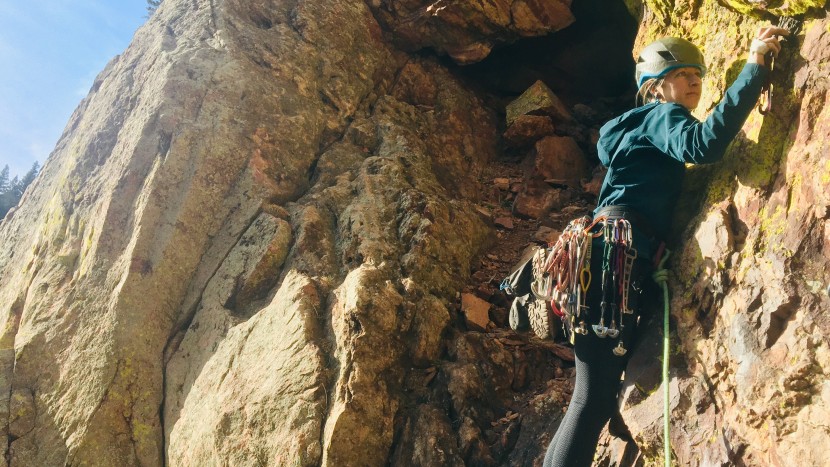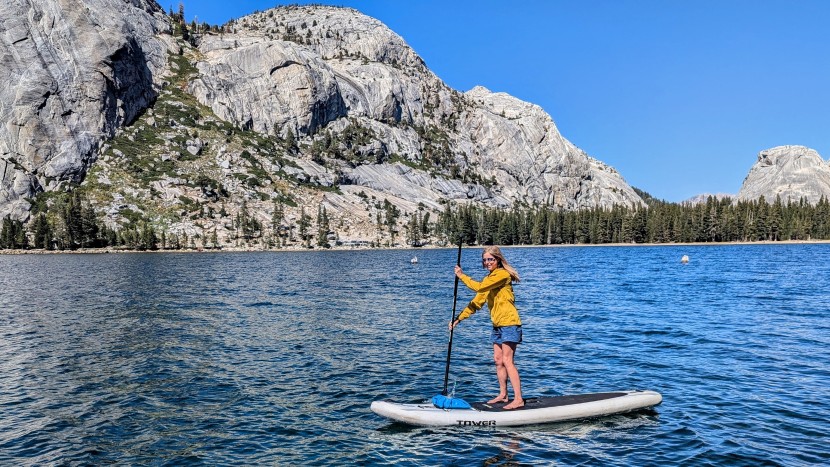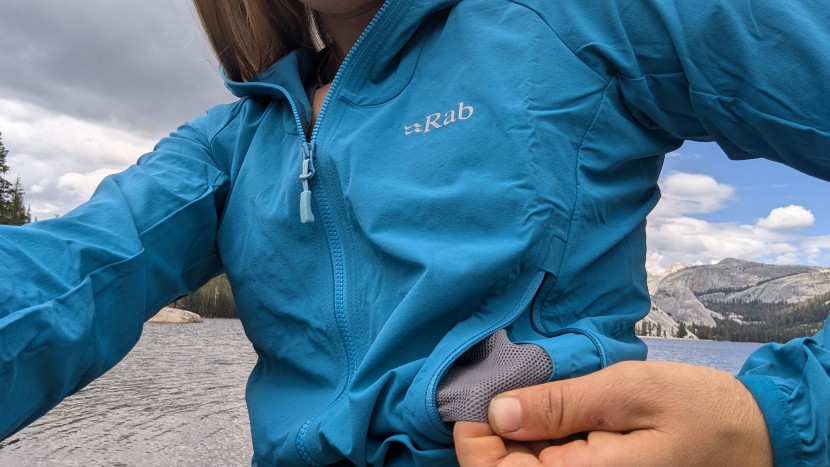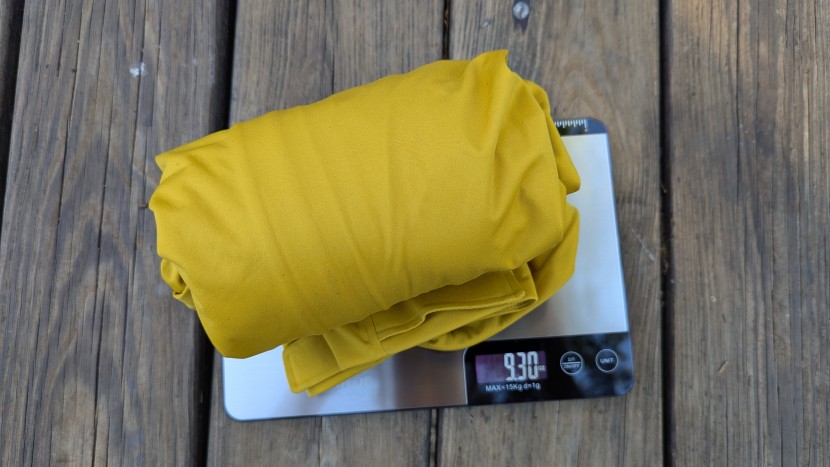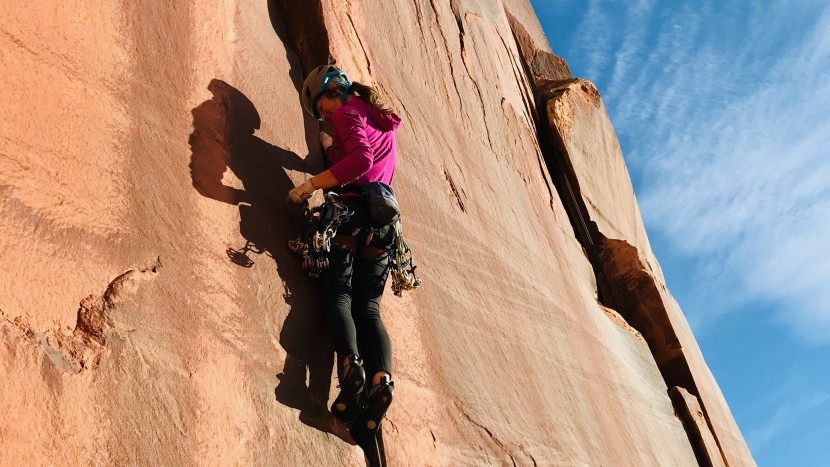Softshell jackets combine weather resilience, breathability, and mobility all in one layer. They can range from highly weather-resistant layers for winter alpine conditions to lightweight options for summer or alpine rock climbing and casual jackets for everyday wear. To thoroughly test these jackets, we took them through various activities in different conditions, such as winter multi-pitch climbing, ice climbing, early spring crack climbing, and windy paddling on high alpine lakes. Before conducting thorough tests, we invest time in researching each candidate. We aim to understand all the features and verify the claims made by the manufacturers about their usage. We assess if these claims hold true in real-life scenarios. Additionally, we determine whether the features are beneficial or if they pose more of a hindrance. Ultimately, we assess whether they justify the additional costs, materials, or weight.
We examined every feature and tested them to evaluate their effectiveness. We tested their breathability and mobility by engaging in vigorous activities and even wore them in the shower. Our goal is to provide detailed insights so you can make an informed decision before purchasing a new softshell jacket.
Weather Resistance
We tested the weather resistance of these jackets by enduring brutal winds, hammering rain, cold temperatures, and sweltering heat. We wore them during blustery ice climbs, cold and windy multi-pitches, shady desert crag days, sunny hikes in the early spring, and chilly paddles on alpine lakes and the Pacific Ocean. We aimed to vary the settings and temperatures as much as possible to push each jacket's limit and test how well they resisted wind, rain, and snow and how well they handled both cold and hot temps.
As a part of weather resistance testing, we did a shower test and a soak-through test. In the shower test, we wore each shell under the stream to observe its ability to repel water under pressure in an equal and controlled environment. Then, to test the ability of each jacket to dry, we poured water on the chest of each one and measured the time it took to dry using cold wind from a blow dryer. While softshells aren't meant to handle heavy moisture, this test was highly revealing and gave us a better understanding of weak points in the fabrics and designs of each jacket.
Breathability
To test for breathability, we engaged in climbing, hiking, running, and biking for hours in the field for each model tested. The goal was to get sweaty and active in different temperatures and activities to evaluate breathability. We conducted a side-by-side comparison of each jacket on the same hill during 45 minutes of strenuous uphill activity. We considered features that improved ventilation, such as mesh pockets, and assessed the fabrics' breathability.
Mobility
We tested the range of motion of each jacket by stretching them in different ways. We stretched our arms overhead, out to each side, and through an overhead shoulder rotation. We also reached down to touch our toes to see how well we could move in the jackets and if they felt stiff or restrictive. We checked if the hemline lifted when climbing and if there were any other annoying or cumbersome aspects of the jackets. We also checked if the hood provided sufficient coverage without cramping style, both with and without a helmet. We wanted to know if there were any activities where the jackets particularly helped or hindered movement.
Weight
Upon receiving the jackets, we immediately weighed them on a scale. We tested the jackets in the field and noted their packability. We compared each rolled-up jacket to a standard Nalgene bottle. Then, we assessed how they all moved and fit our bodies. Some were heavier on the scale but didn't feel cumbersome when worn. Others were lightweight but provided little to no protection from the elements.
Versatility
As part of our assessment for versatility, we evaluated each jacket based on its features, durability, and style. We also considered how well each jacket would perform in different climates and while engaging in various activities. Specifically, we examined their performance in bad and good weather, during both fair and cold-weather activities, and while engaging in climbing, skiing, cycling, and hiking/mountaineering. In essence, we assessed how many activities and weather conditions each jacket could accommodate.
We tested the durability and abrasion resistance of the jackets by taking them ice and mixed climbing, navigating chimneys and off-widths, and jamming cracks. Each jacket accompanied us on miles of hiking with a pack, was repeatedly worn under a harness, stuffed into various pockets, and tossed in the back of a truck after long days in the backcountry. We adjusted and readjusted all the hoods and tried wearing them both over and under helmets. By experimenting with the jackets in various conditions, we thoroughly explored all the features, using them as intended and sometimes in our own unconventional ways.


